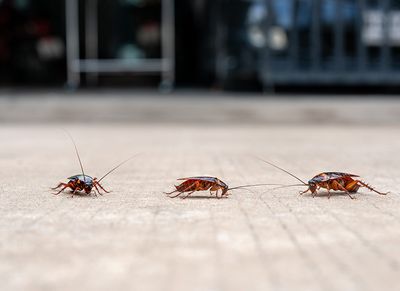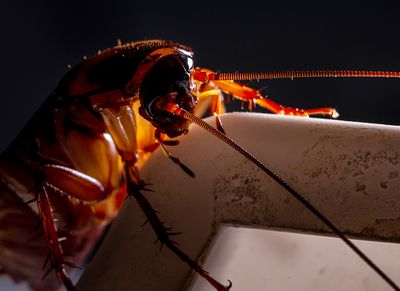Signs Of Bed Bugs
Bed bugs can be hard to spot, especially if you’re unsure what they look like or other signs to look out for. Moreover, they tend to hide during the day and come out at night, so people often get bites without seeing a bug. If you’re concerned that these biting pests have infested your home but aren’t sure, don’t worry—you’ve come to the right place! In this article, we’ll walk you through how to spot the signs of bed bugs. And, if you need help, the team at Anti-Pest is here to inspect your home and take care of the problem.

The first step is knowing how to identify a bed bug
It is possible to see a bed bug and not know it. Let’s clear up a few common misconceptions.
Aren't bed bugs too small to see? Not really. Sure, these bugs are small, but they’re visible to the naked eye. Adult bed bugs are about 1/4 of an inch long and are noticeable on bed sheets and other surfaces. Bed bug nymphs look like adult bed bugs, only tinier; they’re only 1 mm or .039 of an inch in length. That is very small, but still not so small they can’t be seen.
Aren't they reddish-brown bugs? A bed bug doesn't always look like a reddish-brown, apple-seed-shaped insect. If you've seen pictures of bed bugs on the internet, you might think they all look like that, and you may overlook them during a search. Newly hatched nymphs are white. Their white coloration helps them to blend in with white bed sheets and, therefore, avoid detection.
Can I squish a bed bug and not know it? Yes. Bed bugs often come out at night and crawl onto exposed skin to feed. If you roll over or shift in your sleep, you can crush them without realizing it. You may wake up to tiny blood stains on your sheets, one of the signs that bed bugs are present.
Can I detect bed bugs before they even become bed bugs? Yes. You can detect bed bugs before they hatch if you know what their eggs look like and where to find them. These tiny eggs are 1/26 inch long and white (or translucent), like the emerging nymphs. They are laid singly or in clusters and are usually located in areas such as mattress seams and furniture cracks. It should also be noted that other stages of the bed bug life cycle are typically present.
Can I mistake a bed bug for something else? Nymphs start white but turn yellowish after drawing a blood meal. Keep this in mind. You might see a tiny, yellowish insect go into hiding and not realize it was a bed bug. Carpet beetles, bat bugs, fleas, and even cockroach nymphs have been mistaken for bed bugs and vice versa.
Where to look for bed bugs
It is possible to thoroughly search your mattress and not find a bed bug because they hide in places you might not expect. Let’s start with some places they may hide in your bed. You may find them in the following spots:
- In mattress and box spring seams.
- Underneath labels.
- In the gaps around grommets.
- Inside rips and cuts in the mattress or box spring material.
- Behind loose material inside the box spring.
- In gaps in the bed frame.
- Underneath the feet of the bed frame.
Once you've thoroughly checked your bed, check around it. Bed bugs can live near beds without living in them in places such as:
- Under the feet of furniture.
- In the gaps of wood furniture.
- Under and between seat or couch cushions.
- In alarm clocks, computers, and other electronics.
- In and behind the frames of photos or paintings.
- Underneath carpets or along rug edges.
While inspecting your bedroom, be sure to check portable items. Bed bugs hitchhike in these and may still be hiding in them. Items such as:
- Backpacks
- Sleeping bags
- Briefcases
- Duffel bags
- Luggage
- Computer bags
Check the rest of your home once you're done in the bedroom. Despite their name, these bugs infest other rooms. Anywhere people congregate can become an infested area. Other places to inspect for bed bugs include:
- Furniture
- Baseboards and carpet edges
- Under throw rugs
- Electrical outlets and switches
- Curtains and drapes
- Wall hangings
- Closets
- Behind crown molding
- Bookbindings
Signs of bed bugs
In addition to searching for live bugs, nymphs, and eggs, you should be on the lookout for other signs of bed bugs, including:
- Black fecal matter in tight spaces and sometimes on sheets, pillowcases, and blankets.
- Blood spots on your bedding.
- Shed skins left behind as nymphs mature.
- Bed bug bites that appear in a straight line or cluster on arms, legs, neck, face, and hands, as well as other areas that are exposed while sleeping.
In the case of severe infestations, property owners may notice a sweet smell.
When you find bed bugs in your home, the next step is to act quickly. Although bed bugs are not a dangerous pest, they will not go away on their own and can be pretty stressful, if not embarrassing, to deal with. In the case of a bed bug infestation, we highly recommend professional bed bug control.
Expert bed bug control in Shreveport & Bossier City
At the first sign of a problem, contact Anti-Pest for help getting rid of bed bugs. Our locally owned and family-operated pest control company provides effective bed bug control services in Shreveport, Bossier City, and throughout Caddo, Bossier, and DeSoto parishes.
Our trusted pest control specialists will inspect the premises to confirm these bugs' presence and then exterminate all life stages—eggs, nymphs, and adult bed bugs! Once we’re done treating the infested areas, we’ll let you know the next steps, including when you can re-enter the treated space(s).
We also offer commercial bed bug control
Unfortunately, bed bug infestations can also be an issue for businesses. Not only do bed bug bites leave guests or tenants unhappy, but infestations of these biting pests can also disrupt operations and adversely affect a company’s reputation. If you’re worried about a bed bug problem in your facility, contact Anti-Pest for assistance!

Testimonials


Our Services

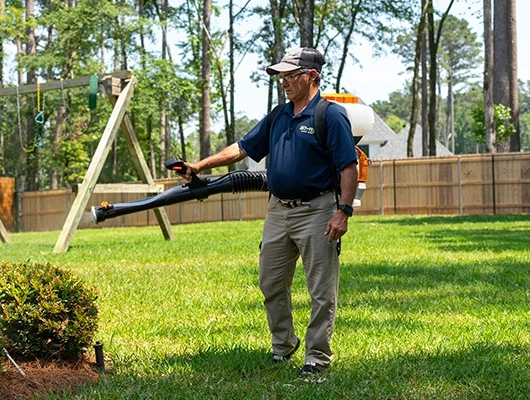
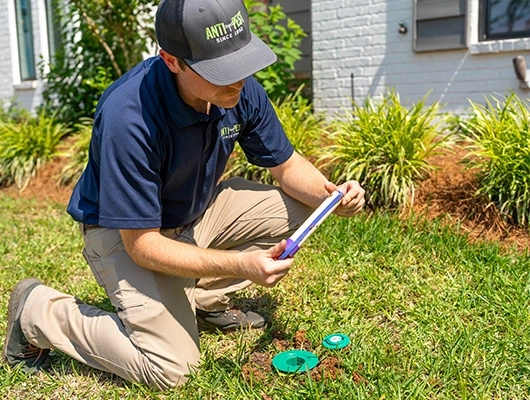

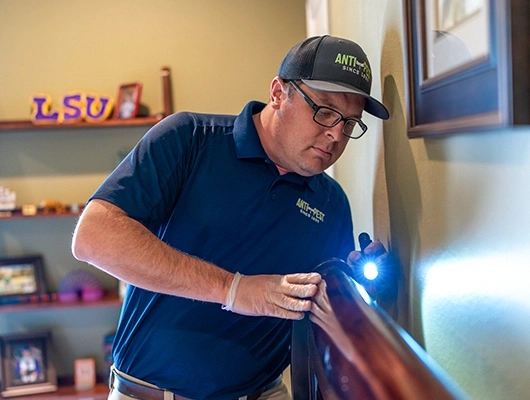
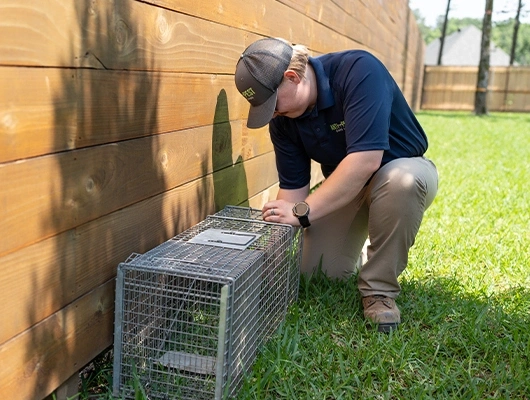
News, Blogs, & Articles
Anti-Pest Blog
